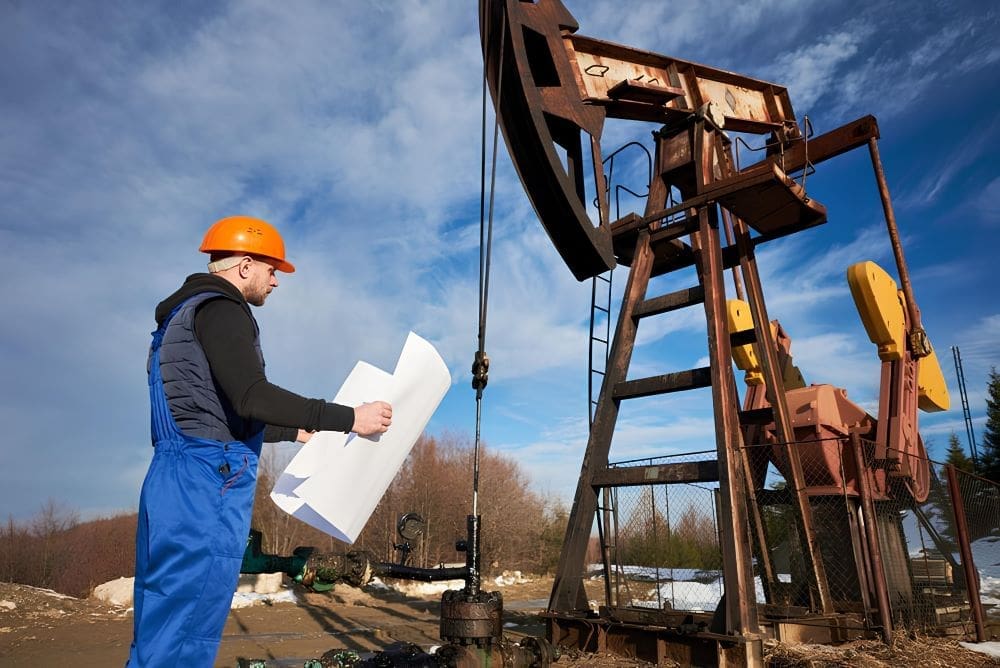As the economy and technology are thriving in the 21st century, the need for oil and petroleum products is also booming. Around 30% of crude oil comes from offshore exploration and production. Oil exploitation is a risky and time-consuming process. While working on offshore oilfield sites is a risky job, taking proper precautions can help us to achieve a zero-injury target. To ensure every worker’s safety, all companies are constantly searching for better safety gadgets. Offshore oilfield accidents are the unfortunate consequence of the constant drilling and exploitation going on in the oilfield sites. Every year, approximately 150 injuries happen in an average of 550 offshore oilfield accidents.
Causes of Offshore Accidents
Offshore oilfield accidents induce financial, material and life losses. Also, the impact on the environment because of offshore oilfield accidents is hazardous as it may release harmful chemicals, oils, or gases. The local marine ecosystem is also affected causing distress and damage to the biodiversity. A lot of reasons can cause offshore accidents from minor slips to major equipment failures.
- Cranes – Twenty-seven percent of the total accidents involved heavy equipment like cranes. Cranes used in offshore oilfields weigh up to 10 tons and have a loading capacity of 40 tons. Equipment of these dimensions and mass needs proper handling and timely maintenance. Falling of objects or malfunction in these machines causes injuries to workers and financial and material losses.
- Fires – Another 27% of all accidents are caused by fire incidents. During exploitation, several hydrocarbons are extracted in the form of natural gas. If these hydrocarbons come in contact with air can ignite fire jeopardizing the safety of workers. Explosions also cause severe environmental damage by releasing harmful gases.
- Human Errors – With humans come errors! Human errors also have a major contribution to offshore accidents which is about 10%. Human errors include minor miscommunication, and major technical mistakes while handling complex equipment. To avoid these human errors it is crucial to give ample and reasonable training to the workers. Insufficient training can cause confusion or stress in workers which leads to wrong decisions or misuse of equipment. Along with proper training, awareness about safety protocols among the workers is pivotal.
- Exposure to chemicals – Offshore oilfield sites are in direct contact with the earth’s crust and all the oils, chemicals, gases, and materials it may contain. Working on offshore sites creates a high risk of exposure to these chemicals and gases. Exposure to harmful chemicals and materials can cause skin irritation, and allergies to the workers. Spilling of chemicals and gases can cause serious damage to the environment and marine life and also cause financial and resource losses.
- Miscommunication – Regular and timely communication is required to handle both topside and sub-sea processes. Often miscommunication between the workers or coordinators regarding inputs, parameter changes, or other technical details can lead to offshore accidents.
- Improper Maintenance – Oilfield services include all the machinery, equipment, and products required for the exploration and production of oil and gas. As per the Consegic Business Intelligence report, oilfield services are growing at a whopping CAGR of 5.9% from 2022 to 2030. This equipment needs time-to-time maintenance to operate effortlessly. Improper maintenance of oilfield equipment can cause machinery failure, leakages, and fire incidents.
Besides, every company needs to follow the guidelines provided by government organizations. Proper safety precautions can reduce the risk of accidents on offshore sites. In addition to perpetual technological advancements going on around the globe, new procedures and devices are being developed to improve the safety and security of workers working on potentially risky sites.
Radio Frequency Real-Time Equipment
With continuous advancements in ways to improve offshore safety, we are heading towards safer offshore oilfield exploration and production. In the post-Macondo Era, new developments are proposed, tested, and reviewed every day all around the world to ensure the safety of the workers on offshore oilfield sites. The industry safety protocols and guidelines have arisen, and more precautions are being taken to prevent offshore accidents.
One such recent considerable development is the Radio Frequency Real-Time device. Just like a smartwatch or a badge, this device is wearable and can be given to every worker on board. It tracks and monitors the workers’ health and keeps a record of the data of the worker wearing the device. If a worker has gone idle for a long time, the device can automatically trigger an alarm, alerting coworkers and managers about the situation. Also, the data is collected on real-time activities and location.
The device uses Radio Frequency Identification along with real-time location tracking technology to create an impactful solution for workers’ safety. This device works within a specific range and tracks and collects data of the bearer. Useful information is constructed using the collected data. This information is then analyzed in real time to get regular updates about the workers’ health. While working on offshore sites, often some areas as marked as a danger or restricted area. With the device, the location of the worker is tracked and it quickly identifies if any worker has entered the unauthorized zone. Thus, ensuring the safety of the workers working in the risky surroundings of the offshore sites.
Although no device is error-proof, the new Radio Frequency Real-Time device can act as an extra layer of security on offshore sites. Moreover, with advanced AI development in the field, we can surely see new safety devices and equipment coming forth in the next few years.
Offshore oilfields are the epicenter of the production of oil and natural gas all over the world. It is extremely dangerous to work on these sites, but with the advanced real-time technology we can reduce the risk of offshore accidents and press on towards an injury-free and secure workplace even on offshore oilfields!





